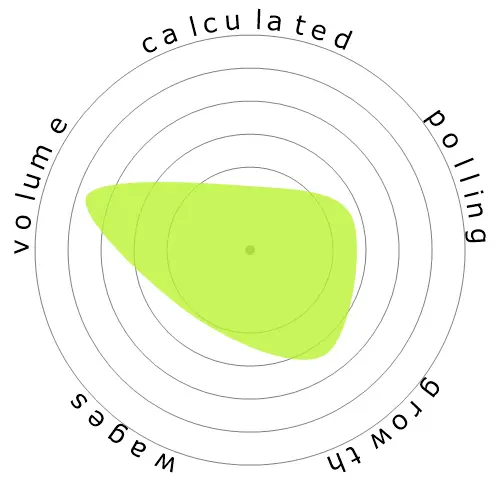Cytogenetic Technologists
Employment data isn't available specifically for this occupation from the Bureau of Labor Statistics, so we are using the data from Clinical Laboratory Technologists and Technicians.




People also viewed
Calculated automation risk
High Risk (61-80%): Jobs in this category face a significant threat from automation, as many of their tasks can be easily automated using current or near-future technologies.
More information on what this score is, and how it is calculated is available here.
User poll
What do you think the risk of automation is?
What is the likelihood that Cytogenetic Technologists will be replaced by robots or artificial intelligence within the next 20 years?
Growth
The number of 'Clinical Laboratory Technologists and Technicians' job openings is expected to rise 5.3% by 2033
Updated projections are due 09-2025.
Wages
In 2023, the median annual wage for 'Clinical Laboratory Technologists and Technicians' was $60,780, or $29 per hour
'Clinical Laboratory Technologists and Technicians' were paid 26.5% higher than the national median wage, which stood at $48,060
Volume
As of 2023 there were 334,380 people employed as 'Clinical Laboratory Technologists and Technicians' within the United States.
This represents around 0.22% of the employed workforce across the country
Put another way, around 1 in 454 people are employed as 'Clinical Laboratory Technologists and Technicians'.
Job description
Analyze chromosomes or chromosome segments found in biological specimens, such as amniotic fluids, bone marrow, solid tumors, and blood to aid in the study, diagnosis, classification, or treatment of inherited or acquired genetic diseases. Conduct analyses through classical cytogenetic, fluorescent in situ hybridization (FISH) or array comparative genome hybridization (aCGH) techniques.
SOC Code: 29-2011.01


Comments
Leave a reply about this occupation